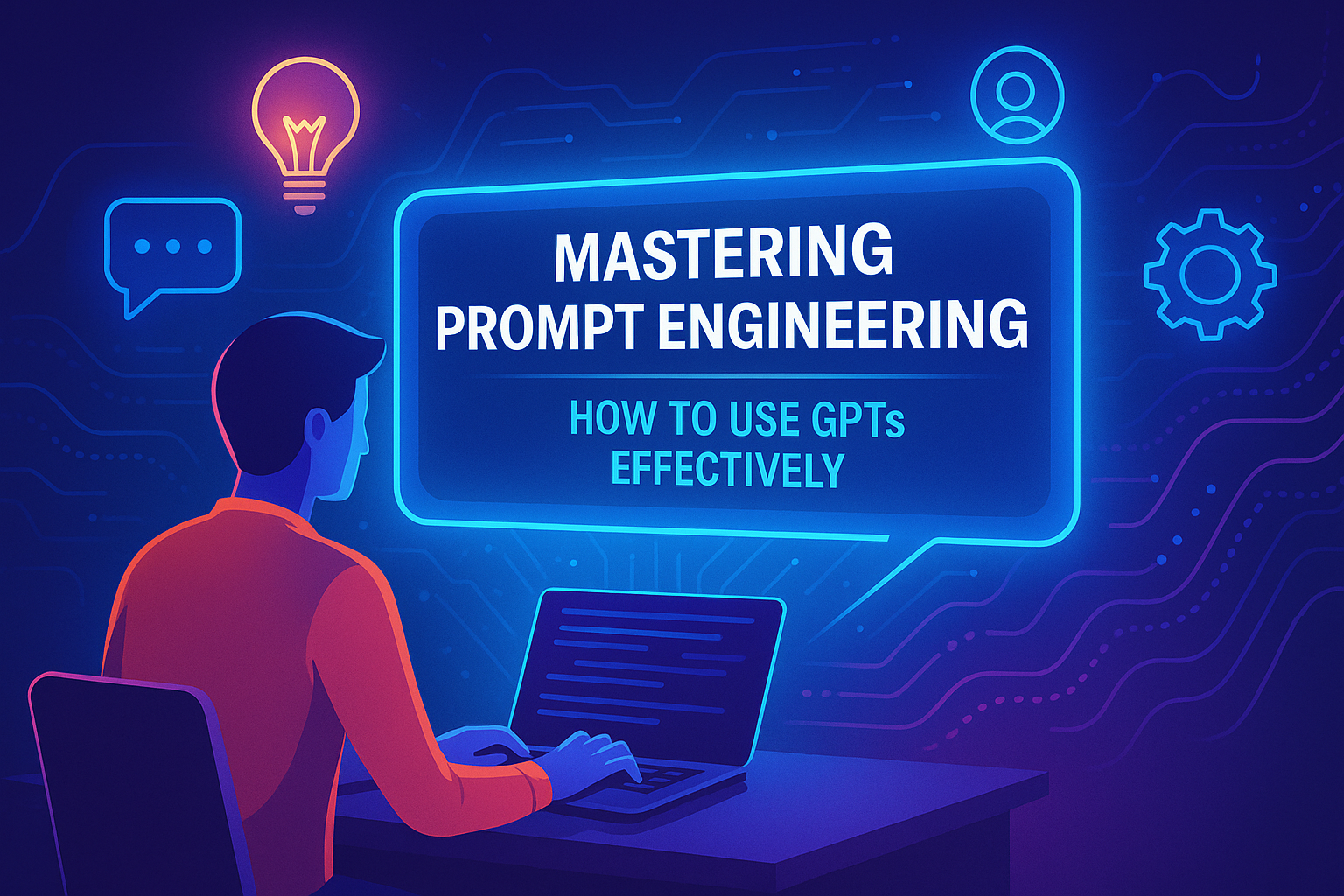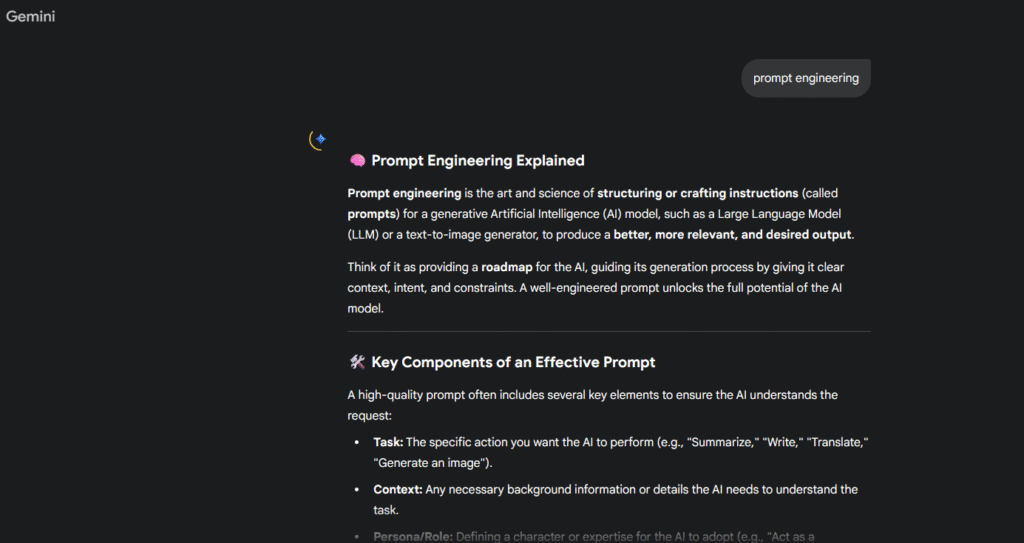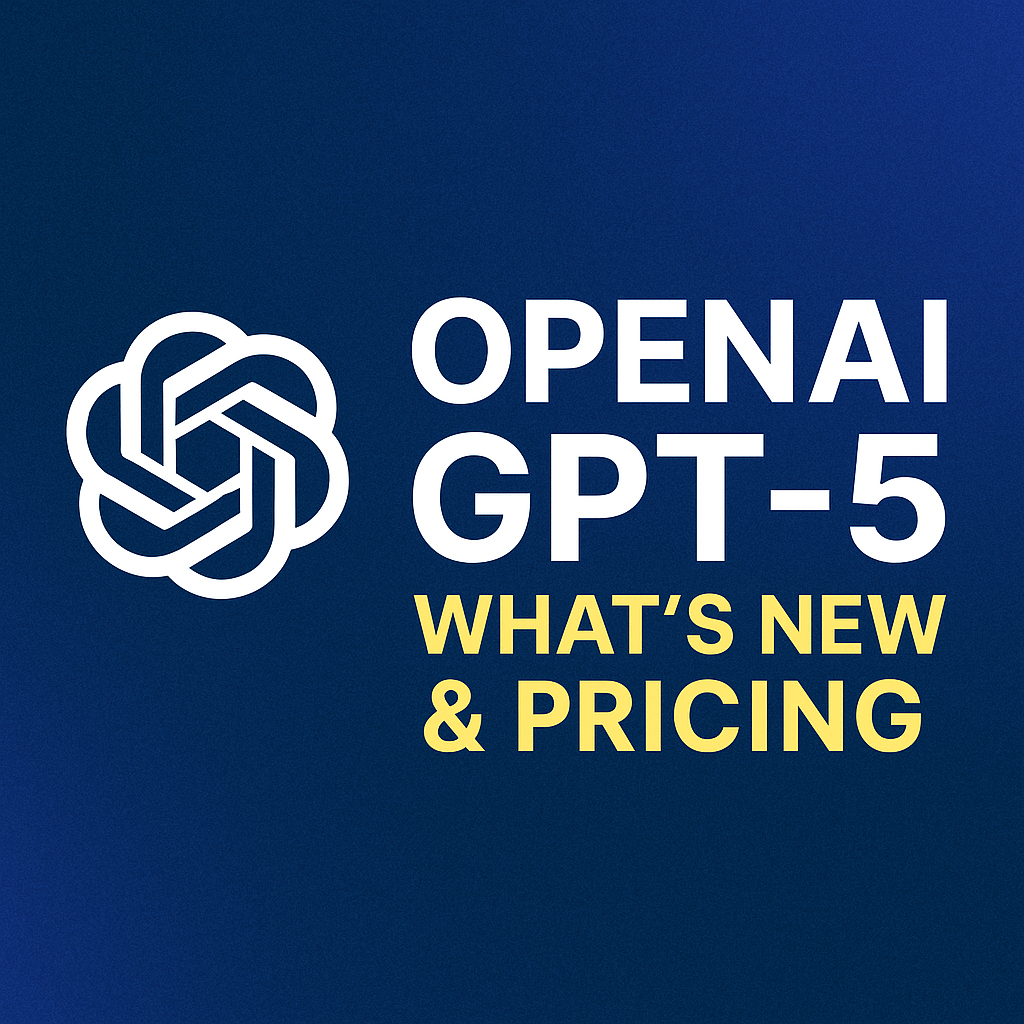Mastering Prompt Engineering: The Art of Talking to GPTs and Unlocking AI’s Full Potential

Artificial Intelligence is no longer a futuristic buzzword — it’s your new digital co-pilot. Whether you’re a student, marketer, coder, or creator, mastering Prompt Engineering is the key to getting the most out of AI tools like GPTs (Generative Pre-trained Transformers).
But here’s the secret: the quality of your results depends on the quality of your prompts. Learning to “speak AI” effectively can turn a casual chat into a powerful collaboration. (Prompt Engineering with GPTs
)
💡 What Is Prompt Engineering?
Prompt Engineering is the skill of crafting effective instructions (or prompts) that guide AI models like GPT to produce accurate, creative, and relevant outputs.
Think of it as giving directions — the clearer and more structured you are, the better your destination (output).
A prompt can be as simple as:
“Write a blog post about digital marketing trends in 2025.”
Or as advanced as:
“Create a 700-word SEO blog post on digital marketing trends in 2025 with data insights, storytelling, and a conversational tone optimized for LinkedIn engagement.”
That’s the magic of precision. One tells the AI what to do, the other tells it how to do it.
🧠 How GPTs Understand You
GPTs are trained on massive datasets to understand context, tone, and intent. They don’t “think” like humans — but they do predict text intelligently based on your input.
That means your wording, structure, and constraints dramatically shape the outcome.
For example:
- A vague prompt = generic answer.
- A detailed prompt = insightful, tailored response.
If you can describe your goal, tone, and target audience clearly, GPT becomes a creative extension of your brain.
⚙️ How to Use GPTs Effectively
Here’s how to turn average prompts into pro-level results:
- Be Specific – Mention the tone, target audience, style, and format.
Example: “Write a persuasive email to small business owners promoting AI tools for productivity.” - Set Constraints – Limit length or structure.
Example: “Summarize this in 3 bullet points.” - Add Context – Tell GPT who it’s writing as or for.
Example: “Act as a fintech analyst explaining this to beginners.” - Iterate – Refine your prompt step by step.
Example: “Now make it sound more conversational and friendly.” - Leverage GPTs’ Memory and Modes – Many GPTs can retain context across chats or switch between creative, analytical, or concise styles. Learn what your GPT can do — and let it adapt to your workflow.
💬 The Future of Prompt Engineering
As AI evolves, Prompt Engineering will become one of the most valuable digital skills — blending creativity, communication, and strategic thinking.
It’s less about coding and more about clear, structured communication — a skill anyone can master.
Just like learning to Google effectively changed how we find information, learning to prompt effectively is changing how we think, create, and solve problems.
🧭 Quick Tips for Beginners
✅ Start with simple tasks (emails, summaries, blog ideas).
✅ Study your GPT’s responses — tweak your instructions.
✅ Save effective prompts for reuse.
✅ Explore community prompt libraries for inspiration.
✅ Always verify facts — AI assists, but you decide.
🌟 Final Thoughts
The better you communicate with AI, the better it works for you.
Prompt Engineering isn’t about coding — it’s about creativity, clarity, and curiosity. Master it, and you’ll turn GPT from a chatbot into your personal thought partner.
Remember: In the age of AI, the best prompts create the best thinkers. Prompt Engineering with GPTs




